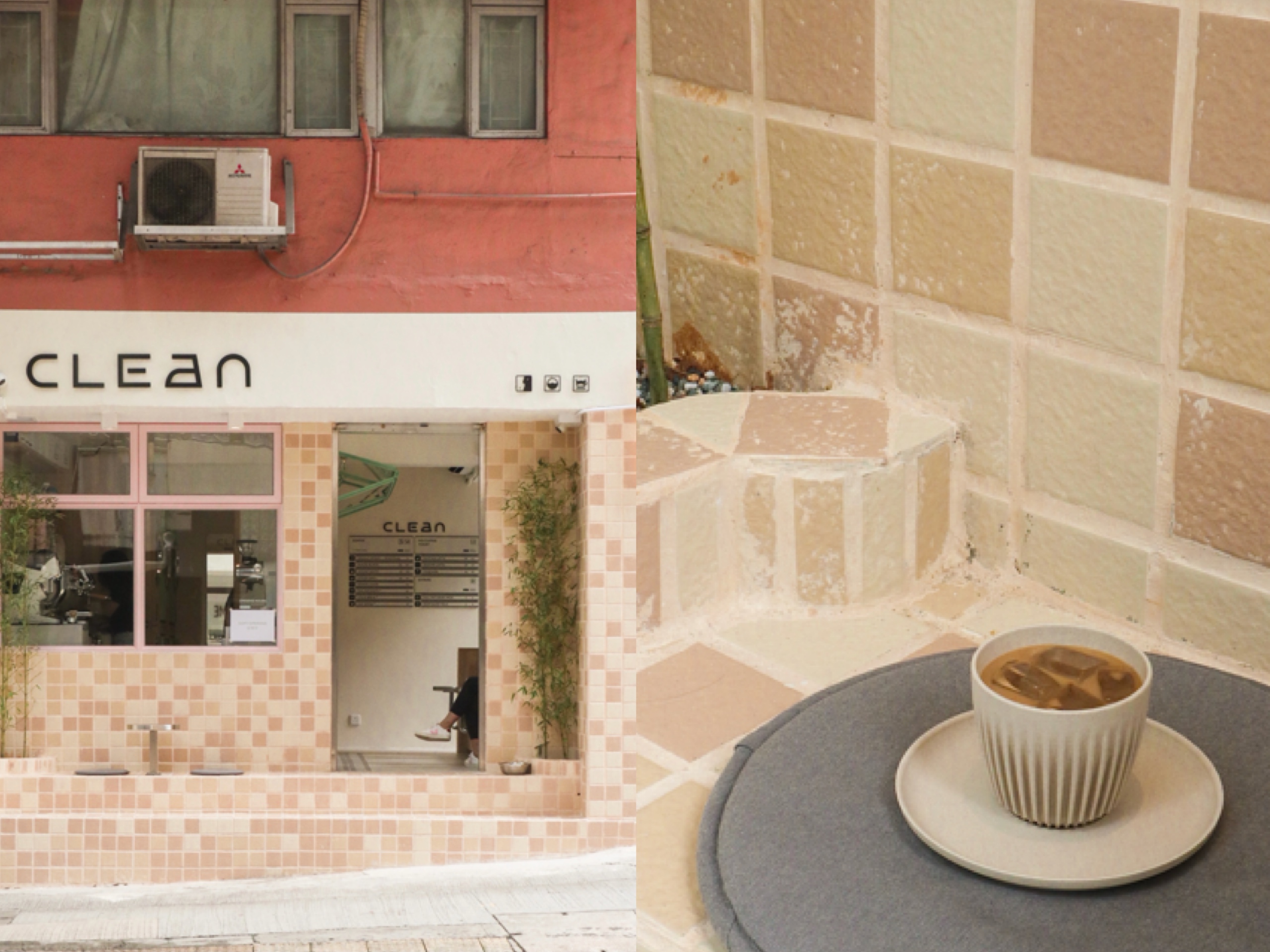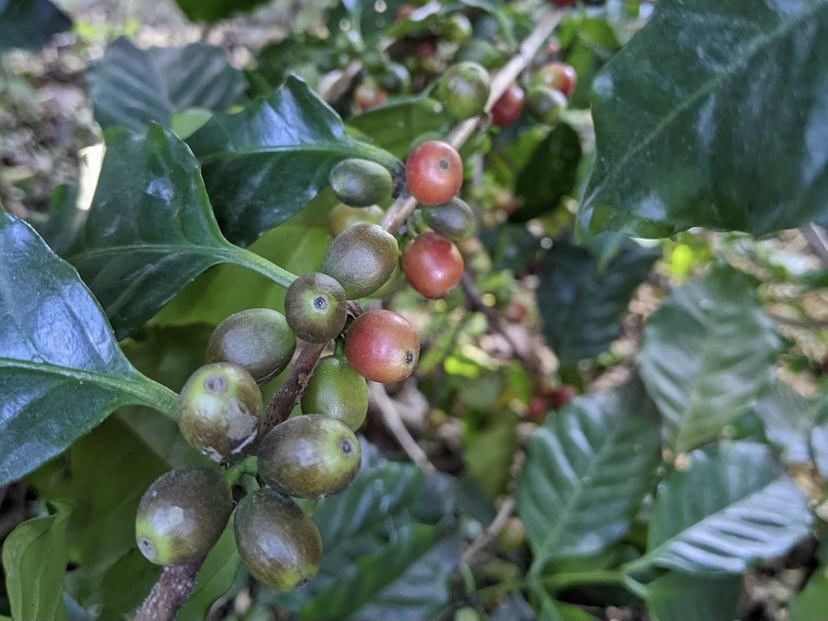
Sustainability behind a cup of coffee

Me as a typical urbanite, drinking coffee somehow has become one part of my daily routine, when I am busying, I have grab and go coffee; when I have spare time, I go café hopping inside Hong Kong. While I have consumed about 120 cups of coffee in the past 12 months, around 10 cups per month. So, most of the moment in my everyday life, I struggle with the question of “what should I drink?”, Ice americano? Latte? Or maybe a hand drip? But once I visited a café that promotes sustainability, I searched for more details related to coffee sustainability and realized that I could make lot more choices beyond that.
However, why should coffee go sustainable too? Serious climate change has become a major concern for the entire coffee industry with rising temperature and a shortage of precipitation limiting the crop yields and quality, as well as a direct impact to farmers’ income. Only with consumers’ sustainable coffee choices, farmers can generate long term profit, preserve the coffee sector for the future generation and bring less damage to our living environment.
In What Way We Can Select Sustainable Coffee Choice?
1. Raw materials with a low carbon footprint

Coffee beans and milk are the main raw materials in order to brew a cup of coffee. To start with, we can choose oat milk and local coffee beans which both promotes a low carbon footprint lifestyle. Jumping back to the café, named Clean, I mentioned lately, its promotion on sustainability theme is its most salient feature. Barista there introduce me to their shop, they only use oat milk for all milk coffee beverages. Oat milk is produced in a more sustainable way, without any significant effect on nature including air, land and water; while rearing cows for milk emit greenhouse gases during the procedure, global temperature rises and farmers would bear the impact as the climate is no longer ideal for growing beans.

credit: Instagram @seedtocuphk
For another main raw material, coffee beans usually come from South America, Central America and Africa where is located between 25 degrees North and 30 degrees South. Growing global demand for coffee beans has enhanced the export activities from the origin, resulting in greater carbon emissions from transport. In the long run, when more GHG are released into the atmosphere, global warming intensifies, it will be complicated for farmers to continue farming in the future. Therefore, local bean choice would be the best option to narrow down the emission bring to the atmosphere. However, I am living in Hong Kong, obviously not the mainstream origin of beans. Still, one day I saw an Instagram profile called “SEEDTOCUP”, which is a Hong Kong farmer growing beans himself and selling local beans. He did all the production stages alone, from seeding, harvesting, cupping, roasting, grinding and brewing. The less outsourcing process involved, the less contamination to earth.
2. Certified beans
It is understandable that not every country is able to produce beans and enjoy by the buyers, export products cannot be avoided. Yet this is not a reason for everyone to give up on sustainable options. Fairtrade and Rainforest Alliance certified beans would be the best alternative. The former aimed to achieve equal trading within the global market, so farmers are employing sustainable farming practices while getting enough pay from harvesting. Whereas the latter one mainly emphasizes conservation of the natural environment, in long-term after restoring the ecosystem, farmers can develop and boost production without destroying the fields, a stable agriculture condition can be given to the future generation.

credit: Nespresso
From a customer perspective, we can choose to order coffee in the shops using certified beans. By way of example, Starbucks is one of the biggest coffee chain stores and they started purchasing 100% fair trade certified beans in 2000. Since then, lots of other chain stores and individual stores followed the action, the idea of certified beans was widely advocated and used. Nespresso, a company that sells espresso machines and coffee capsules, is always related itself to sustainable projects. They released a video called “The choice We Make”, a story about a farmer in Colombia. Nespresso had chosen to build a mill there to raise the quality of farmers’ beans and turned out the profit had improved farmers’ livelihood. This 10 million viewed video was evidence proving that Nespresso was lending a helping hand to some of the farmers and telling why consumers should drink sustainably. As a customer, we have a huge reason to make sure the decision we make is to benefit the laborious farmers.
3. Packaging with waste minimized

It is extremely common that many coffee shops offer economic incentives to buyers who bring their own cup to the shop, it is a win-win situation that buyers may enjoy coffee at a lower price while alleviating the waste burden on the environment. Unfortunately, we do not always remember to bring our own cup or it adds extra weight to our bag. After I went to another café in Hong Kong, called Soul, then I found out there is a next-level solution. The signature beverage of Soul was crispy mocha, it was a cup of mocha held by an edible cup. Although the cup looked like a corkboard, it was tasty like an ice cream cone, satiety was brought at the same time. This is definitely the best answer to produce zero waste when consuming coffee. I wish all baristas who are reading this are adding it to their menu!
There are many challenges on the road to sustainability but imagine if we don’t even utilize the sustainable alternatives we have now, it is difficult to ensure the coffee industry can survive in the future generation.
